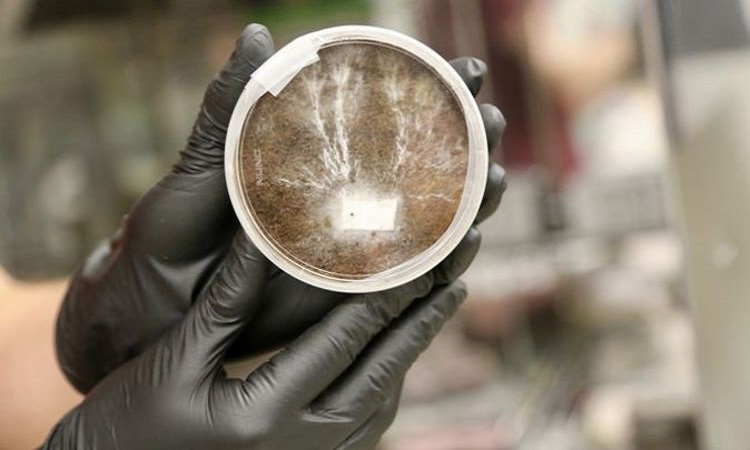NASA is exploring new technologies to build mushroom houses. These types of structures could be a sustainable solution to generate homes on Earth as well as on Mars and other planets. Yes, that sounds so futuristic, like living on other planets today seems to be getting closer. Proof of this are the advances and investigations that are being made with this objective in mind.
The NASA Ames Research Center, located in Silicon Valley, is working on initiatives to create structures from fungi and the threads that make up those fungi, which are known as mycelia. More precisely, mycelium is called the set of hyphae, which are multicellular filaments and can grow very rapidly. The hyphae have several functions linked to nutrition, growth and reproduction.
These small threads that constitute the mycelia branch out and build precise and complex structures. The idea behind this initiative is to program the mycelia so that they form new structures, generate resistant materials that could be used as ecological bricks.
Eventually this project would allow the first humans to live on Mars, the Moon or another planet to have a compact home made from inactive fungi. The idea is to be able to move low weight structures on a trip as long as the one that involves going from Earth to its natural satellite, the Red Planet or eventually to other places as well. The resulting material has a greater resistance curve than concrete, as well as better compressive strength than wood, according to the researchers.
“When we design for space, we are free to experiment with new ideas and materials with much more freedom than on Earth,” said Lynn Rothschild, lead researcher on the project, in a statement released by NASA. And he added: “After these prototypes are designed for other worlds, we can bring them back to ours.”
How homes will be built
Once the destination is reached, water will be added to this base structure and the fungi will grow to shape a sustainable home, designed in a way that does not generate environmental pollution. This research is based on a field of study known as synthetic biology, which is based on the idea of designing organisms that can be programmed or reused to fulfill new functions, as in this case.
How would this construction be done? In order for fungi to live they need to be nourished, just like any other living organism. Within the framework of this project, the mycelium will feed on cyanobacteria, which are capable of photosynthesis. In other words, this bacterium uses solar energy to convert water and carbon dioxide into oxygen and food for fungi.
The houses based on mycelium will consist of three layers: the outermost layer will be made of ice, which would be made with water extracted from the Moon or Mars. This element will serve as radiation protection. Then there will be a second layer made by cyanobacteria that will be nourished from the water of the first layer and, through a process of photosynthesis, would produce oxygen and nutrient for humans living there, as well as for the third layer of these homes that would be made up of mycelia This layer of mycelia will grow and form an organic and resistant structure in a contained environment. Once the complete development of the house is achieved, it would be baked to kill the fungi and prevent them from continuing to grow and damage the environment.
Mycelia could also be used for other purposes, such as biomining, for example, which involves the use of bacteria to catalyze the extraction of minerals from wastewater. It could also be useful to develop habitats capable of regenerating and thus repair damaged areas automatically; regulate humidity or to provide bioluminescent lighting, which is the process by which living organisms produce light. This is the result of a biochemical reaction in which an enzyme called luciferase is usually involved. On the other hand, this type of construction would be a sustainable alternative on Earth, to reduce the carbon emissions that come from traditional construction.
It should be noted, once again, that all this is an initiative. It is the beginning of a project that could move forward to become a reality or it could be scrapped to move forward with some other overcoming solution. What makes it clear is that observing nature and relying on elements present in our habitat could be the answer to create sustainable solutions.



